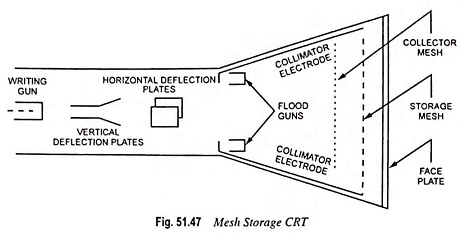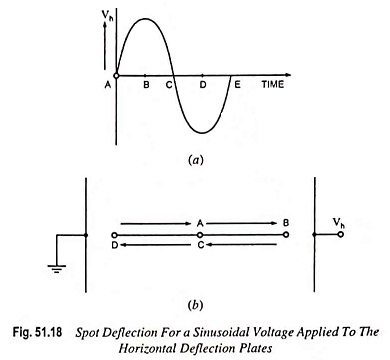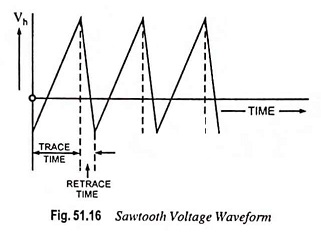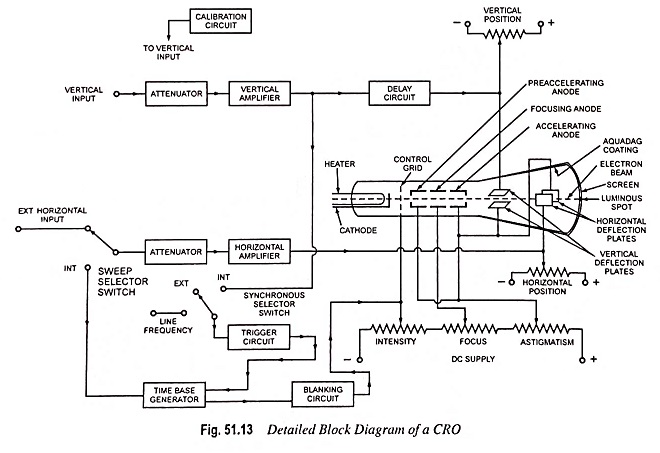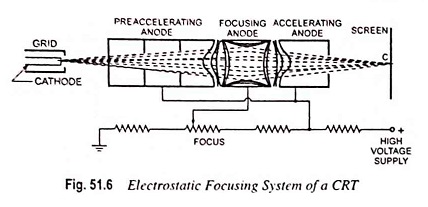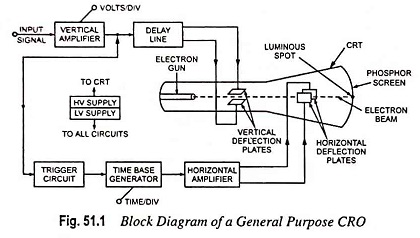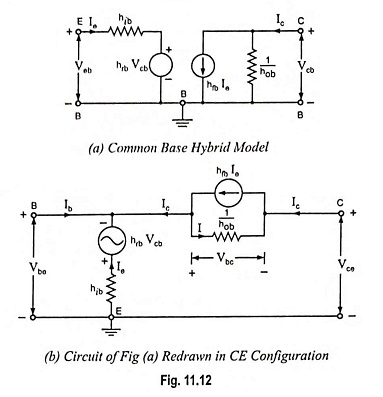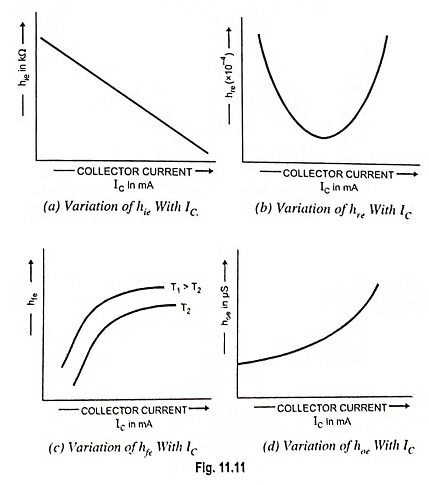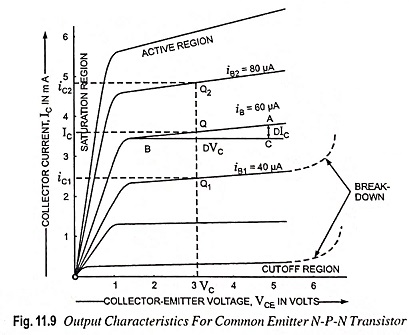What is a Digital Integrated Circuit?
What is a Digital Integrated Circuit? In an integrated circuit, components such as diodes, transistors, resistors, inductors etc. are integral parts of the chip. And on surface of this chip, which is very small piece of semiconductor material, miniature circuits are produced by using advanced photographic technique. The finished network is so small that microscope […]
What is a Digital Integrated Circuit? Read More »

